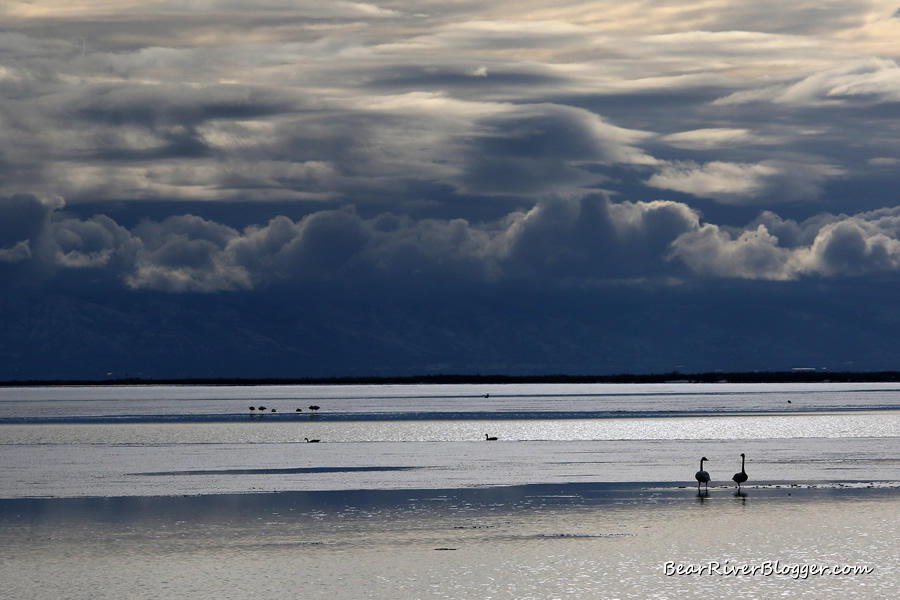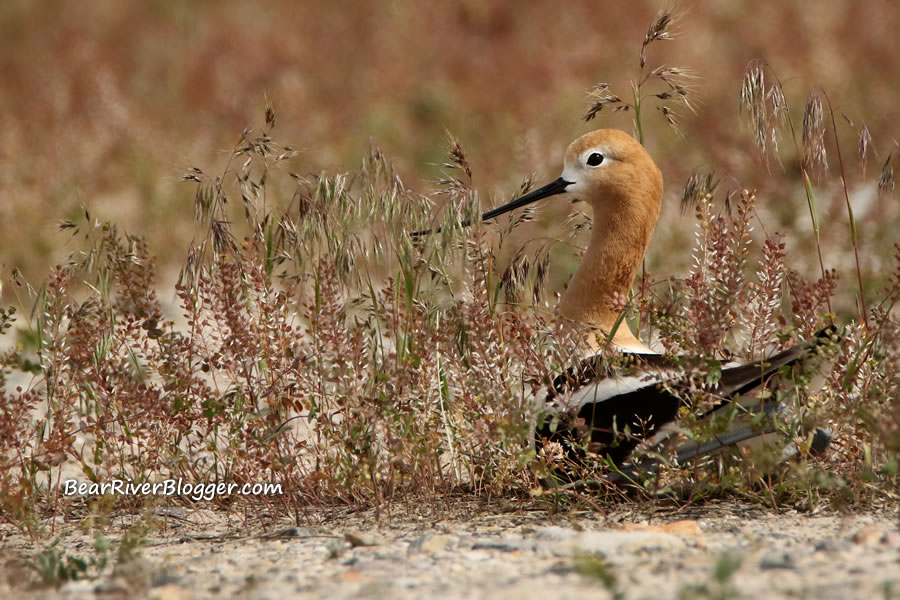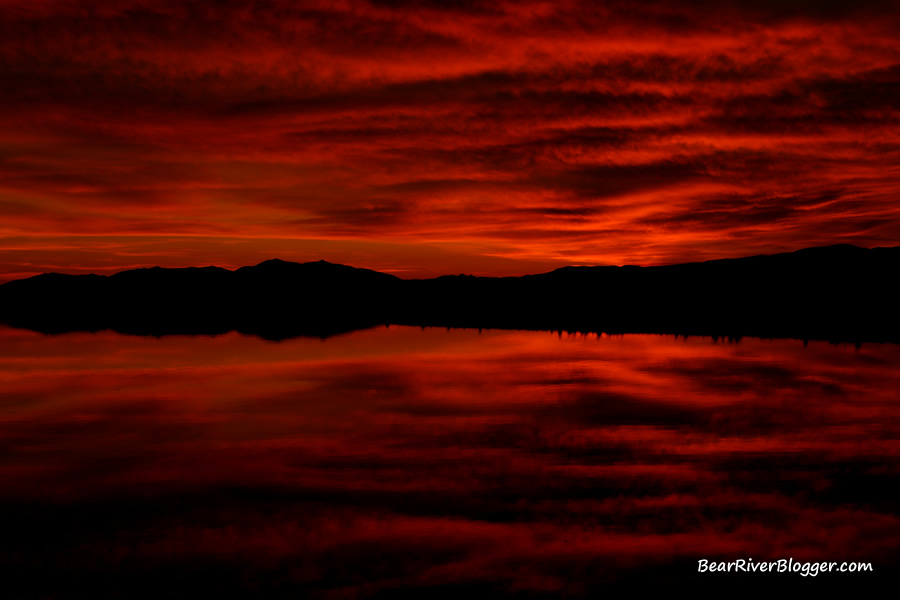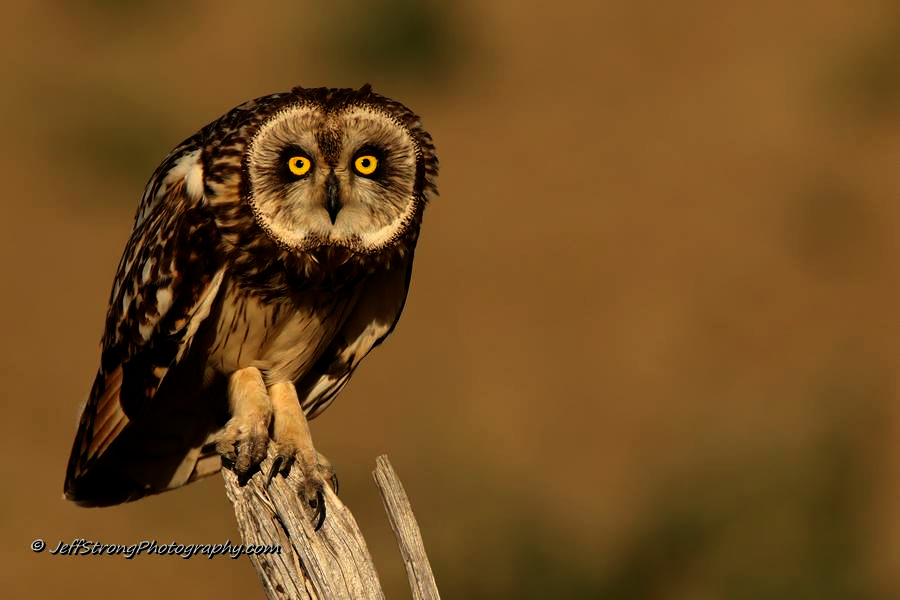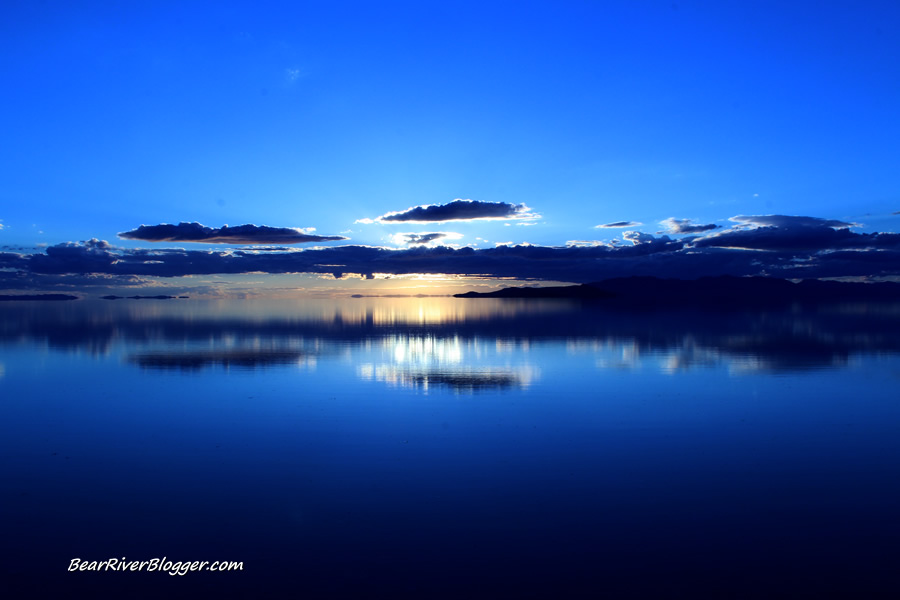A couple of days ago as I was driving down Forest Street to do some bird photography on the Bear River Migratory Bird Refuge auto tour route I came across a bald eagle casually perched on a fallen old tree that currently lays on its side in the river bed, one of several rustic perches along this particular stretch of the river that always grabs my attention when I’m looking for birds to photograph.
Throughout the year, I typically find an assortment of more common and much easier photographed birds that use the old tree as a perch, birds such as great blue herons, gulls, great egrets, cormorants, and even a wayward brown pelican that gave us birdwatchers here in Utah a rare treat for a few weeks several summers back have all been found and photographed on this particular old stump over the years.
But in all my years of photographing and visiting the Bear River Migratory Bird Refuge, decades to be more precise, I have never seen or even remotely had the opportunity to photograph a bald eagle so close to the road on one of these rustic old trees.

Typically, bald eagles are pretty skittish when they are that close, and, well, from my own personal experience that is, they usually fly off long before the hand could even grab the camera, let alone pose long enough in such close proximity to allow us to take even just a few hastily captured images in desperation.
This particular bald eagle, however, broke the mold by not only obliging me by sitting and posing for a few minutes but also giving me a rather good image or two of itself on the wing as it launched from its perch and flew off, possibly to hunt ducks on the lower part of the refuge I’d assume.
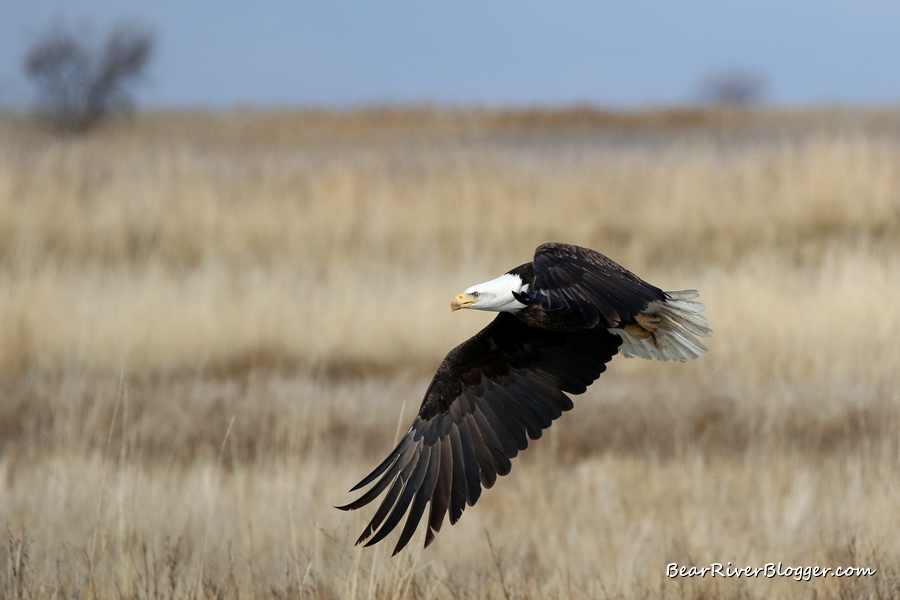
As I was sifting through the images shortly afterward the notion of just how hard it is to actually photograph wildlife and even landscapes in nature is by far greatly overshadowed by the difficulty of just finding great scenes or interesting subjects in nature to photograph.
In other words, taking the picture is a whole lot easier than finding the picture, if that makes sense.
Taking the photograph simply means learning about and being familiar with your camera and which settings to use for what lighting conditions are available (I’m slowly adding photography content to my YouTube channel by the way) with regards to how you want the image to turn out, pretty simple stuff really that just takes some time and practice to master.
Finding the image, more precisely, the unique scene or interesting subject to photograph, is far more difficult because it takes a lot of time outdoors, a lot of patience enduring the countless hours when there is absolutely nothing to photograph at the moment, periods every photographer goes through by the way, and a lot of perseverance to grab the camera and go back out again for yet another day when both frustration and discouragement have set in.
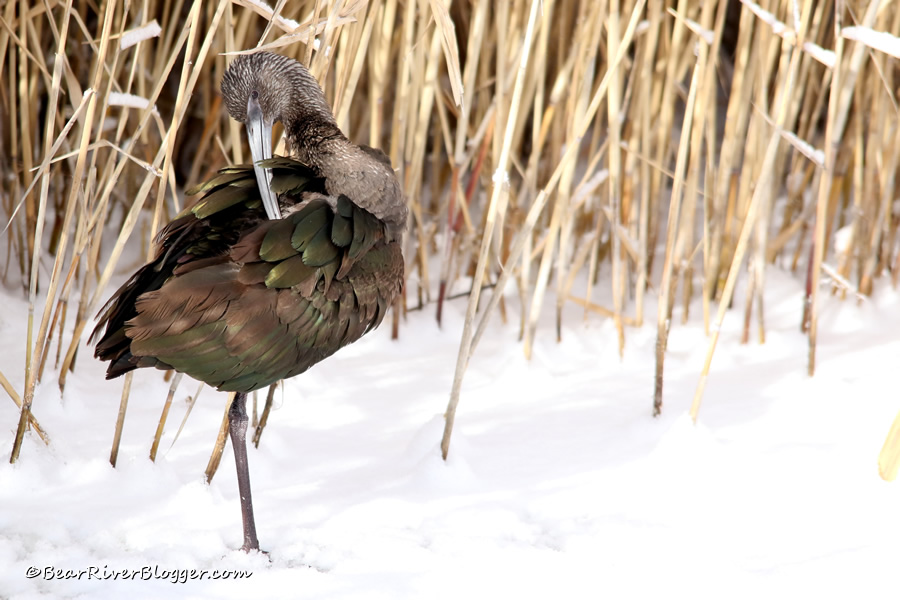
Sometimes, and it’s just how it is when photographing nature, we have to be in the right place at the right time where nothing more than a little luck of finding the scene with perfect timing has to grace us for a moment or two when we have a camera in our hands.
And that only happens if and when we also spend a ton of hours in the wrong place at the wrong time because, honestly, we can’t control nature and we just have to take what it gives us and keep going out to photograph, trudging through the slow times, to eventually find something incredible.
Simply put, we just have to go out and photograph, again and again and again, and keep going until we find something pretty unique and special.
Now don’t get me wrong, however, I’m not at all putting all my eggs in one basket or suggesting that you do too, the basket of random blind luck, that is not what I am saying here at all.
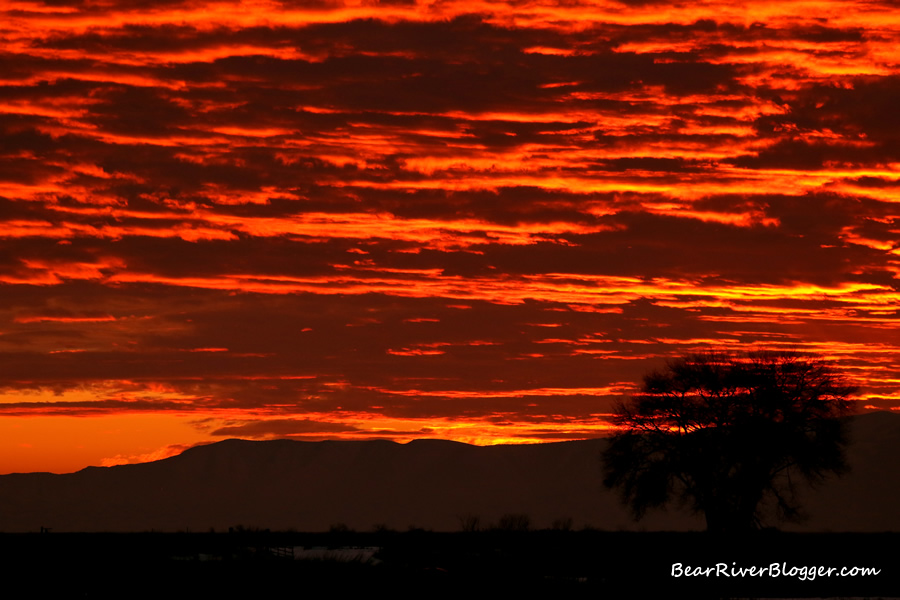
I am just saying, truthfully, for every time you go out and hit the scene perfectly there will be 10 or more times you miss it miserably and come home with, well, nothing.
The key is, and this is the point of all of this mind you, get out and photograph as much as you can and try to both hone your skills and, just as importantly as practicing with your camera settings, put yourself in the best places at the best times that you possibly can for whatever you are interested in photographing so when something incredible does happen, and believe me it will if you keep going out to photograph, you will be there with a camera at the ready.
But don’t think for one minute finding incredible scenes and interesting subjects to photograph is an occurrence on every trip, it just doesn’t happen that way, not even close if you want to know the honest truth.
Sometimes, even with all the skill and knowledge we can have, lady luck is needed to be there as well, putting us in the right place at the right time when something sensational happens but we also need to do our part and place ourselves in good locations like the bird refuge, for example, so when something incredible happens, we can photograph it.
One thing I know for sure after decades of chasing nature with a camera, we have to take when and what the natural world gives us to photograph as a gift, being ready when it does eventually show itself, and sometimes we are just plain lucky to be there when something sensational happens.
I used to go out to photograph with a preconceived notion of what images I wanted to come home with but, honestly, that rarely ever works out the way I wanted because we have almost no control over it so now I just keep my eyes open, my camera at the ready, and wait for what nature serves up from it’s most varied and enchanting menu.
Learning about both the camera and basic photography concepts such as light and composition is, by a very wide margin mind you, the easiest part of nature photography and something everybody can learn with a little time, effort, and practice.
The hardest part is just getting outdoors and finding the actual scenes to photograph, moments that are unique and interesting that just don’t happen around every corner.
This is one of the main reasons I visit and photograph the Bear River Migratory Bird Refuge auto tour route numerous times per week, by knowing the area as well as I do I’m much more inclined to put myself when and where I might find something of interest to photograph but at the end of the day, a little luck of being there at the exact right time is also part of the game.
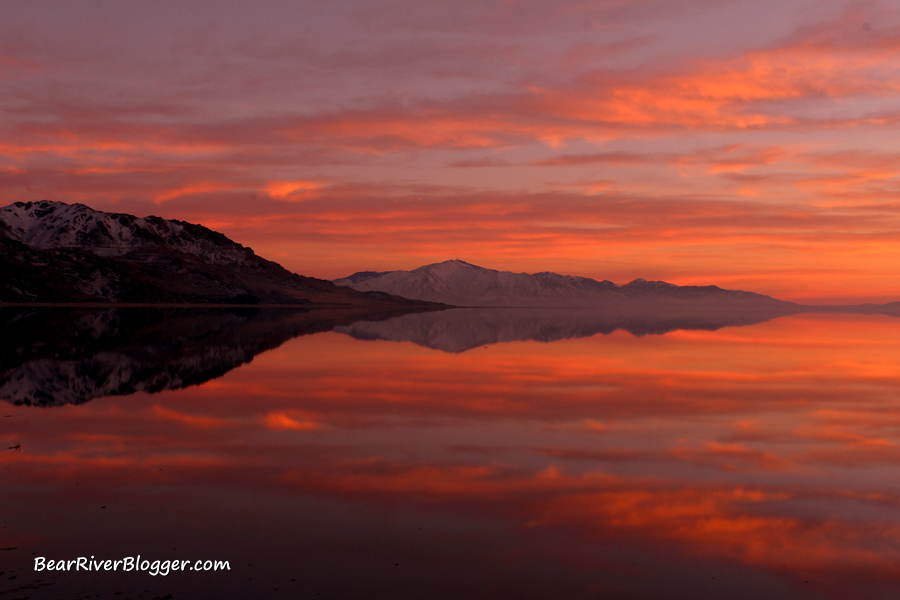
I don’t worry about taking the photograph and haven’t been for many years now, but I am always concerned about finding the photograph which will always be the hardest part of nature photography, for me at least, but it will happen the more you get out in nature and chase it with a camera.
If you’re like me, an avid birdwatcher and nature photographer, I offer you to head on over to our subscribe page and sign up for email notifications for future blog posts about our photography excursions, both on and off of the famous Bear River Migratory Bird Refuge.
